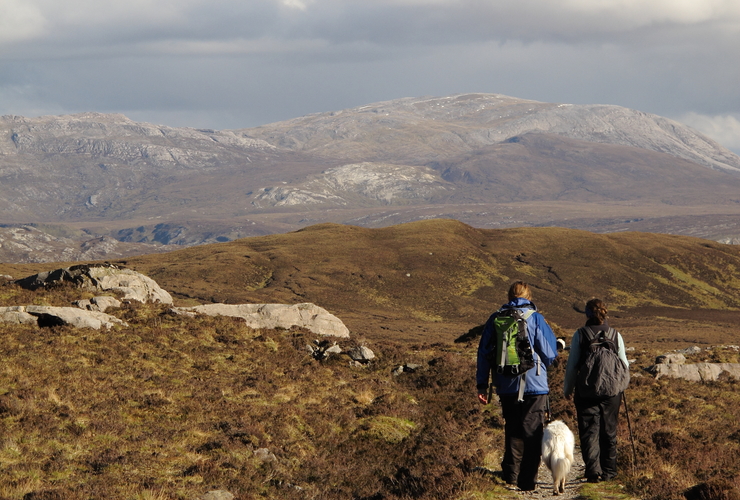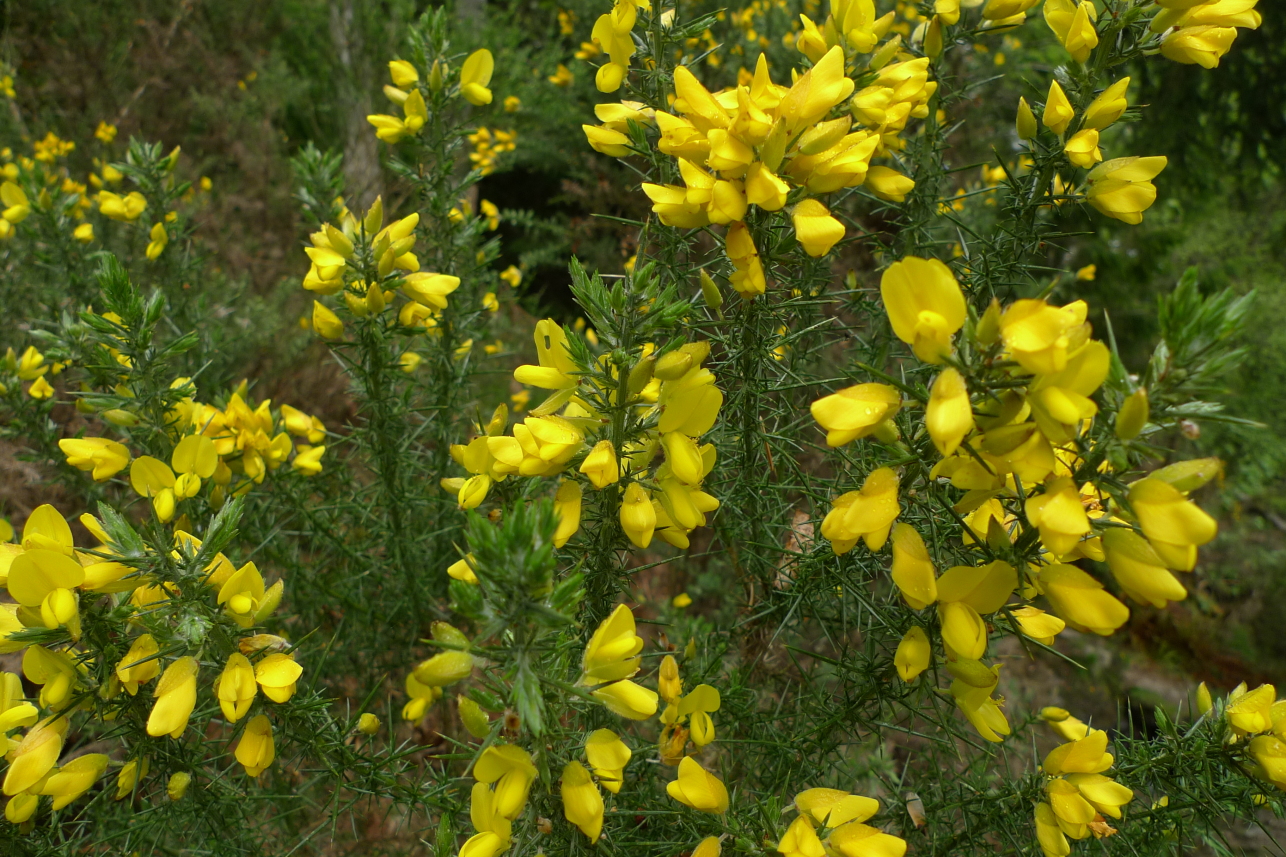Return to the wild with our top five tips
A handy list to help you protect wildlife, the landscape and communities - ensuring that you have a good time and the people who come after you do as well.

After over a year of lockdowns and time away from the great outdoors, it is understandable that many are itching to get back to the hills, woods and beaches.
As we saw last summer, though, everyone heading out at the same time resulted in some unfortunate consequences, with large amounts of litter left in beauty spots, car parks overflowing, scorch marks from fires and communities clashing with tourists.
If only they'd followed our five fab tips...
1. Leave no trace
Leave no trace of you having been there or, in other words, leave it as you found it. As the saying goes: take only memories and photographs; leave only footprints.
- Take your litter home.
- Don’t light fires – these leave scorch marks and can quickly turn into wildfires in dry spells.
- If you’re camping, leave stones where they are and camp on bare grass.
- Take a trowel for your bathroom visit.
- Stick to the main paths as much as you can.
You will make the area a far more pleasant place to visit and, most importantly, protect wildlife and their habitats. Often, we don’t mean to drop litter, so make sure your empty wrappers are stored safely so they don’t blow away.
Help even more by taking litter you see home with you, like the ‘Wasdale Womble’.
2. Plan ahead
Take time to plan your route before you get there. This means knowing how long it will take to do it, knowing the route and potential get-out options. You don’t want to be caught in the dark or lost and have to call out mountain rescue. It will also help you work out how much food to take – who wants to go hungry on an adventure!?
You can find lots of walks – big and small – on WalkHighlands, which gives a full route description you can have on your phone or print out, with a map to accompany it. The more traditional method is buying a map, either from Ordnance Survey or Harvey Maps.
3. Check the mountain weather
One big part of planning is checking the weather. The weather at home at sea level is very different to how it is on a mountain. Checking the weather on your phone app will not help you, either.
Websites such as MWIS provide excellent information on mountain weather in an area. Also, the MetOffice gives reliable information for specific summits, though not all are on there. Others also recommend Mountain Forecasts.
While it might be bright sunshine and warm, the main showstopper is wind.
Wind can be quite dangerous at times on exposed ground and whip things out of your hands easily. Wave goodbye to that extra warm layer!
Check out this handy guide to understand what ‘windy’ really feels like.
4. Know your limits
If this is your first time heading up the hills, start with something small. For one, you will probably enjoy it more and, secondly, feel much safer. Remember: Calling out Mountain Rescue should be your last resort.
If you’ve planned a route as I suggest above, you should know how far it is or if there is technical ground involved. You will know whether you can manage that and, if you don’t know, you should definitely start small.
5. Always have a Plan B
Imagine the scene: You arrive at the car park and its full. Instead of finding another or doing a different walk, you park on the grass verge.
While you might not be blocking someone or an access point, but 15 minutes later people have followed your example and have now made the road impassable for a local tractor, or (even worse) an emergency services vehicle.
Not only is having a Plan B good for this situation, it’s also good when the weather is worse than you thought. It may not be exactly what you wanted to do, but remember: the hills will be there tomorrow.
We hope you found these useful. Again, these are to help you enjoy yourself, be respectful of others and the environment, and help those who come after you enjoy it too.
More information and tips
- Read the Scottish Outdoor Access Code.
- Read the Countryside Code.
- Read Izzy's article Leave no trace.
Photograph of hikers at Quinag by Susan Wright.


